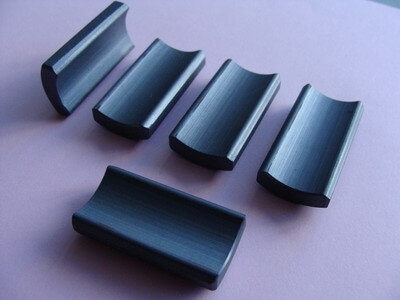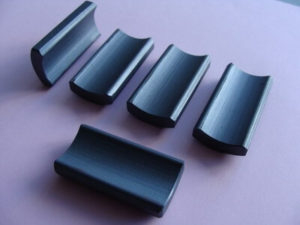- Alumina
- Boron Nitride
- Zirconia
- Other Ceramics
- Applications
- Contact

Functional ceramics are knowledge and technology-intensive products. There are many kinds of functional ceramics and they are widely used.
Electronic insulation material
At present, the commonly used electronic insulation material is Al2O3. In recent years, new electronic insulation materials, such as AlN ceramics, have many excellent performances such as high strength, high insulation, low dielectric constant and high thermal conductivity, and its main application is as a heat dissipation substrate for large-scale integrated circuits and power module circuits.
Dielectric substance
The ceramic capacitor media materials used for tuning circuit, protection logic and memory unit are mostly BaTiO3 base materials. At present, the appearance of crystal boundary layer capacitor makes the dielectric constant of conventional porcelain dielectric vessel increase several times or even dozens of times.
Magnetic ceramic material

Magnetic ceramic materials can be divided into hard magnetic materials and soft magnetic materials. The former is not easy to magnetize or lose magnetism. Typical hard magnetic materials are ferrite magnets and rare earth magnets, which are mainly used for magnets and magnetic storage elements. Soft magnetic materials are easy to magnetize and demagnetize, and its magnetic field direction can be changed, which mainly used for alternating magnetic field response electronic components.
Piezoceramic material
Common piezoelectric components are sensors, gas igniters, alarms, audio equipment, medical diagnostic equipment and communications equipment. The new piezoelectric ceramic materials mainly include high sensitivity, high stability piezoelectric ceramic materials, electrostrictive ceramic materials, thermoluminescent ceramic materials and so on.
Anti-bactericidal ceramic material
The anti-bactericidal ceramic material is a new generation of functional material produced with the development of science and the civilization of society. Inorganic antimicrobials can be divided into three groups according to the mechanism of action on microorganisms. The first is made by immobilizing antibacterial metals such as silver, copper, and zinc on inorganic material carriers such as zeolite, apatite, silica gel, and glass mainly by physical adsorption or ion exchange; the second type is the photocatalytic antibacterial agent of titanium dioxide particles. Titanium dioxide can make oxygen molecules become active oxygen under the light, so that water can produce reactive oxygen free radicals and play the role of antibacterial sterilization; the third kind is the anti-bactericidal material with far infrared radiation function. The antibacterial effect of far infrared ray is limited, so this kind of material must be used together with the first two materials to have better application value.
Please visit http://www.samaterials.com for more information.
Copyright (c) 1994-2022 China Special Ceramic Parts, Inc. owned by Oceania International LLC, All Rights Reserved.
